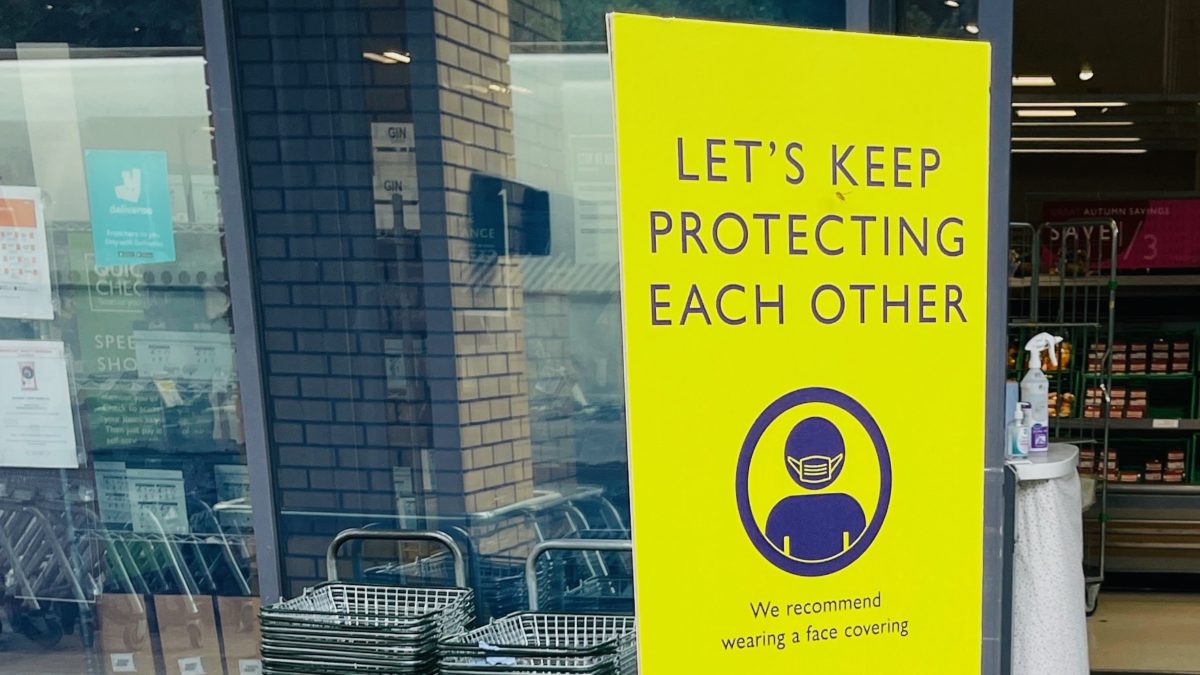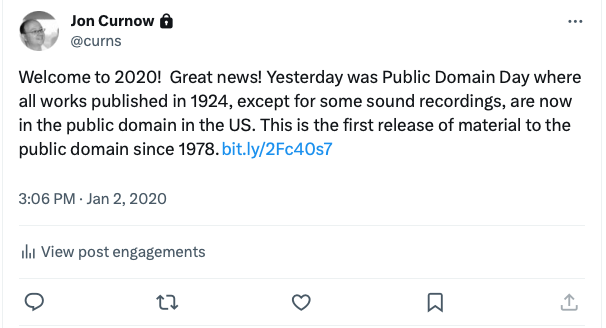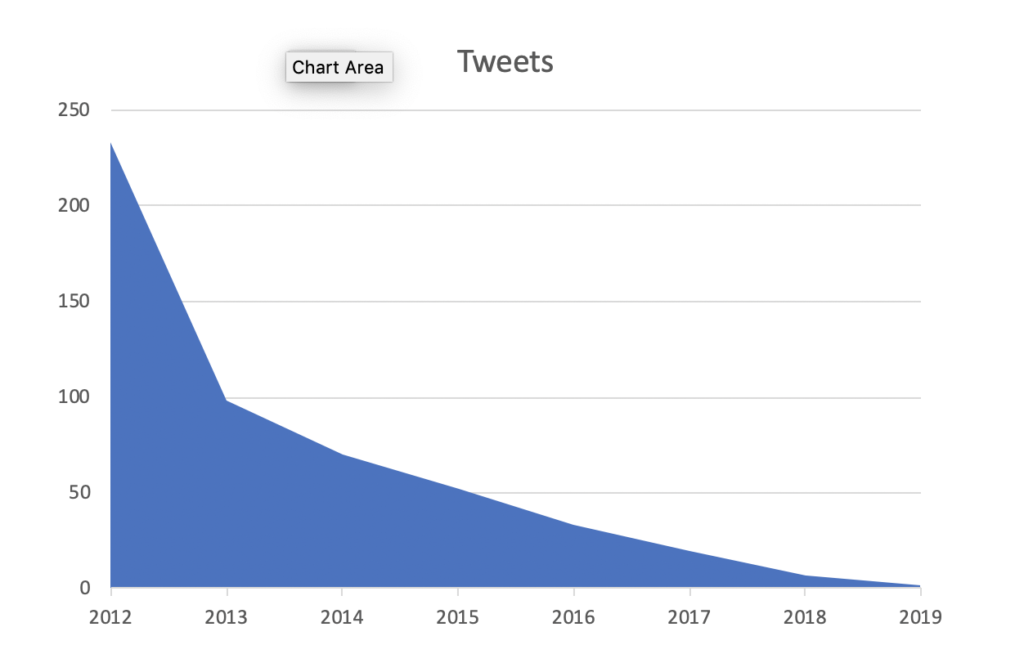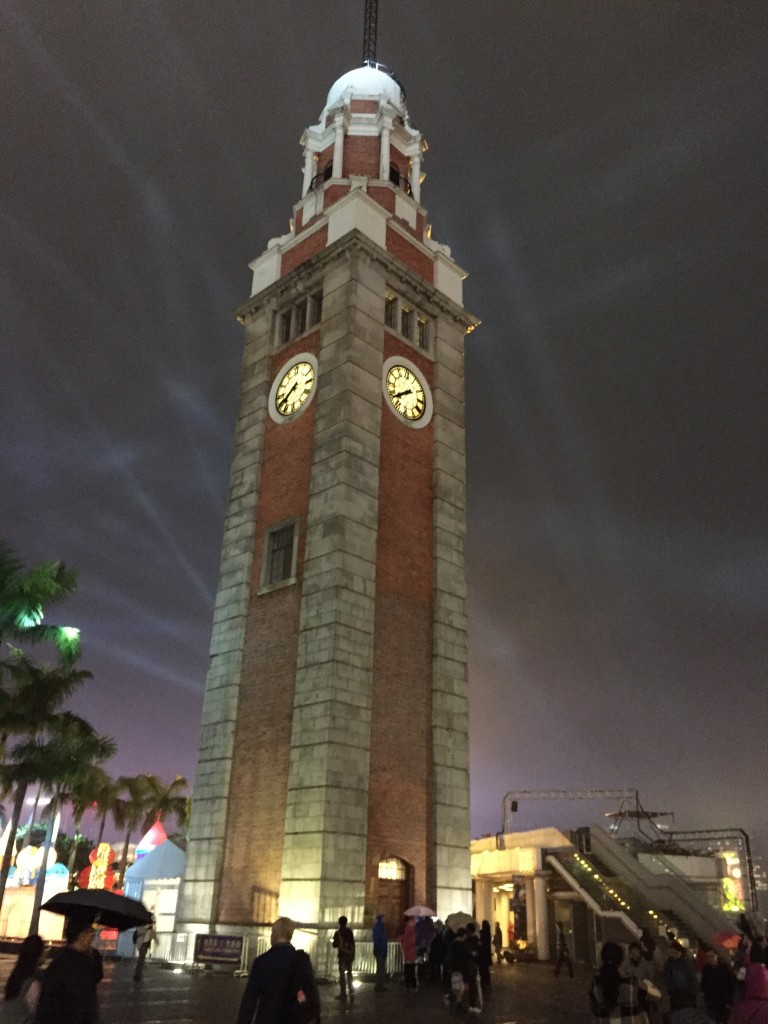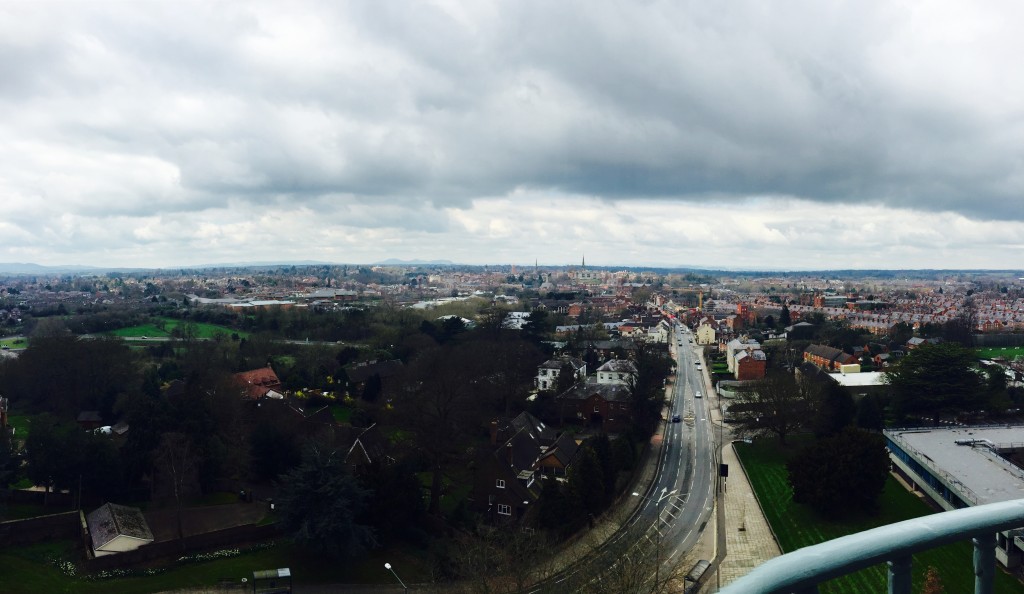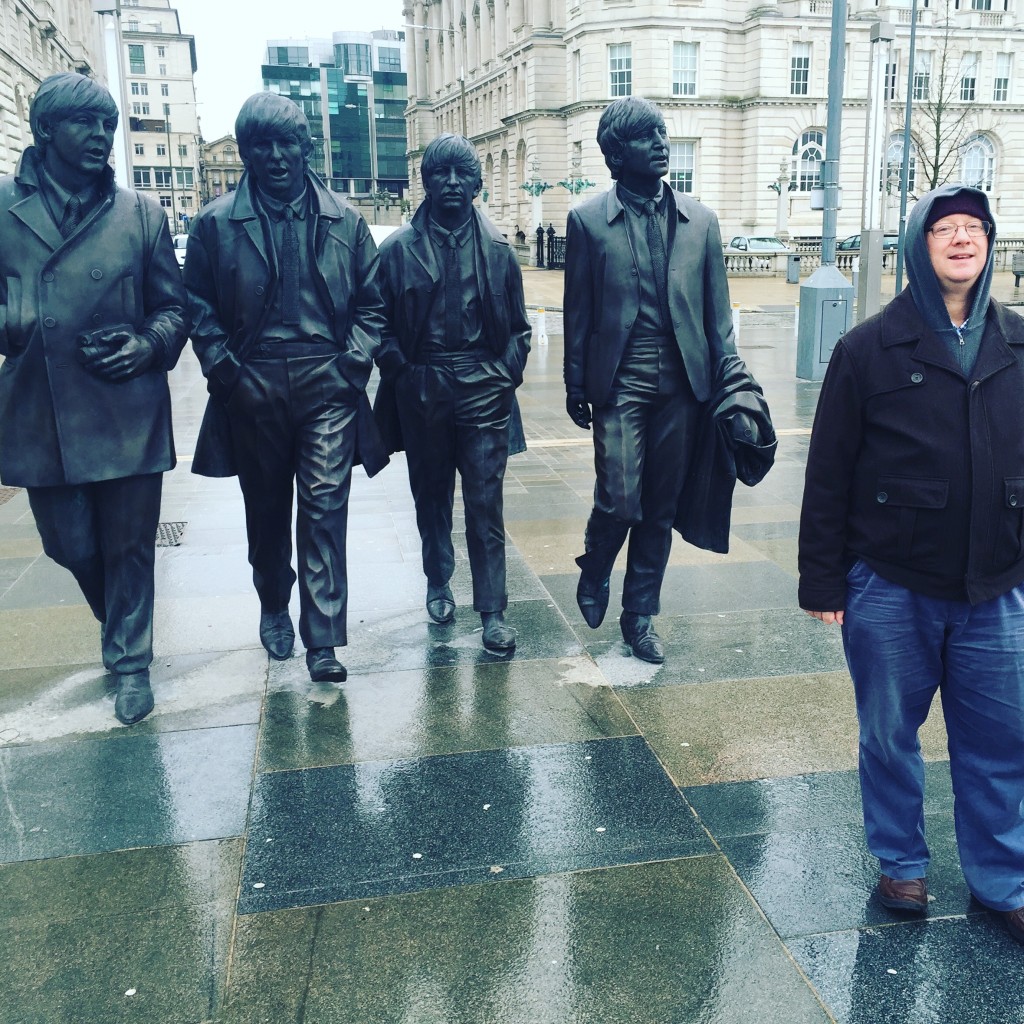
Small disclaimer: I bought tickets to a preview show. Shows can change while previewing, so what officially ‘opens’ could be different.
Last year, when they released tickets for the new Starlight Express (London, 2024), I bought a couple without realising they were for the first preview night. Effectively, we were part of one of the first paying audiences to see the show. However, quite how many people had paid would be interesting to know as we were surrounded by people who had something to do with the production (lanyards, notebooks and “see you at the drinks”). Lord Lloyd Webber was at the back. I’m curious to see if the presence of insiders impacted how the audience responded. More on that below. The Producer and Director introduced the performance. I wanted to get my thoughts down quickly so that, when the real reviews come out, I can see if they agree or disagree with what I initially thought.
Before diving into the review, it’s important to provide some context. I was a fan of Starlight’s 1992 reworking at the Apollo Victoria, having seen it multiple times and even catching the touring production. The soundtrack was a regular on my playlist. This fondness for the earlier version undoubtedly influenced my expectations and, I suspect, will colour many of the reviews.
Nonetheless, it was time for the show to be updated. That is neither good nor bad; it’s inevitable. And, if you want to stage a big comeback production, you’ll need to sell a lot of tickets and appeal to more than the nostalgia crowd. Starlight Express is a family show, and today’s kids are not as enthralled by trains as previous generations. This version is updated with new and revised characters and songs (both new and rewritten). You won’t see the Starlight of 1995. This is, however, still Starlight Express. It has not changed beyond recognition. There weren’t many kids in tonight’s auditorium, but there were some, so it’s a small sample to comment on below.
There’s good and disappointing (maybe, bad).
The new Starlight Autotrium is stunning. It’s a wonderful place to see the show. Like the Apollo Victoria, the skaters are out amidst a portion of the audience. We sat in a central-ish area they called Platforms, and the races happened all around us. The video screens are still there, and adding race position scoreboards (new to me) is a nice touch. The introductions peddled the line that the original was one of the first immersive shows. Maybe, but by today’s immersive experiences, this is still a theatre show: you must stay in your seats, and there’s no interaction. That may be nitpicking, but it felt like bandwagon jumping to me. But, I can reassure anybody that, in the right seats, you are up close to the action, and that’s part of the Starlight experience that’s been maintained.
In the intro, somebody said there were twelve professional debuts among the performers. They were all incredible. I have no idea how you could skate, dance, and sing for two hours while maintaining the needed control. And our seats were up close. I’d like to think I’d notice the pain if they were suffering. To a player, they looked like they were loving it. And that remains as infectious as it was the first time I saw it.
The inclusion of new songs is relatively seamless. The score has been reworked to fit: at times, I sat trying to work out if I was hearing something new or revised. And the new songs are good: they’re not as familiar but they’re good (although at least one has played in the German production for years). The sound system remains as epic and theatre-filling as I remember from other productions. It makes it feel like an experience.
The reworked songs are more complex to comment on because, in my head, you sing along to words that are not there anymore and that must influence my thoughts. I’m delighted they still work, even rewritten. Somewhere along the way, they sing “going faster than the limits allow,” which (and I had to look it up) is lifted from Tire Tracks and Broken Hearts from Whistle Down The Wind, but immediately made me think of Meatloaf. I’m curious if Jim Steinman gets credit (assuming it’s his lyric).
It’s more than just the songs that have been updated. Engines are no longer named after countries: the German, Russian, French and Italian trains have generic ‘Golden Eagle’ or ‘Orange Flash’ style names. The British train, which never appeared due to leaves on the line, is still referenced. I trust that’s a nod to earlier productions rather than somebody thinking it’s still an original joke. Ashley, the smoking car, is replaced with a ‘quiet car’. The freight ‘Rustys’ are now named after their loads: Lumber for wood, Slick for oil, etc. There’s an additional freight wagon, Hydra, named after the hydrogen it transports. It’s an important introduction to the story. Greaseball is a female character, Electra a non-binary, “they”. Poppa is Momma. None of this matters, although it’s harder to distinguish between the engines. But the stereotypes of the older versions would jar. The trains have always been about the characters they represent, which works, just as it has always done. One of the criticisms of the 90s reworking was that the villain of the original, the Caboose, was removed, and the bad guy’s deeds spread across other characters. In this version, the baddie is restored.
The child controller plays a much more significant part in the reworked show and is a central character. It’s probably one of the better changes.
I wish I could end there because, to this point, I can wholeheartedly recommend that people go and see the show. Fantastic staging, performances, and additive, non-destructive updates would be an excellent place to stop.
But, there is a change, and that’s with how the story gels. The tale has changed over other incarnations, and so there’s no reason why the story should not evolve again. At its heart, it was, and is, the story of the underdog steam engine you’re rooting for to win the race and couple with his love, Pearl. It’s all still there. But, in this production, the subplots drown out the core story.
If something like Starlight were written today, Electra would be the hero engine, and Steam would be relegated to the evil characters. That would be too big a rewrite for Starlight. So we have Hydra, the hydrogen truck that propels Rusty to the win. But there’s now a new storyline of the good fuel that weaved amongst the others. ‘He Whistled At Me’ has Rusty questioning if whistling at a carriage was appropriate, which takes some of the meaning away from the ‘whistling’ references: it can’t be seen in the same context as before. These don’t sound like significant issues; perhaps they are not. But they blurred the central premise that the audience cheers on Rusty because why wouldn’t you cheer on Hydra or the carriages?
I headed to the interval bar, commenting that the show didn’t feel like it had the pace it should have. It’s about something other than speed skating: who knows if the track is faster or slower? This should be an energy-filled extravaganza. It has the setting, the music, and the cast, but somehow, it’s not. What felt modern, fast, and upbeat 40 years ago needs a turbo-boost to feel the same today. And Starlight 2024 doesn’t have it.
You want the audience to cheer when the races start, but they’re not. Applause is played as sound effects. When the cast tried to get the audience to clap along, they succeeded with a portion of the audience, but I observed a lot who didn’t join in, most notably to my eyes, the Producer sitting at the other end of the row where I was seated. Maybe it’s all those insiders I mentioned earlier, but if they can’t be upbeat at the first public performance, why should anybody else?
And to my aforementioned sample of children. Just three in my eye line, so, probably, unrepresentative. But they didn’t seem involved, one even resting their head on a parent’s shoulder as if to sleep. I don’t know what was missing for them, but the show needs to win kids to succeed. Truthfully, as we were leaving, another child was wide-eyed and singing Starlight. An auditorium with more children might have more energy: it’s not pantomime, but it needs that level of engagement. I hope my experience was an exception, not a crystal-ball view of the future.
I wanted to love it. That could be part of my problem. I didn’t. But I didn’t hate it either: far from it. I enjoyed it. There’s much to be in awe of, notably staging and casting. But I want a new generation to love Starlight as I do, and I fear this production lacks the pace, excitement, and clarity of who to root for to make it a winner with people unfamiliar. The nostalgia crowd will go, and it might be a profitable undertaking on that alone. Abba Voyage proves there’s a market, but I wonder if it’s enough.
I have my fingers crossed. Maybe I’ll even go again to see if I revise my thinking. I will, no doubt, think about it for days to come. We’ll see.
